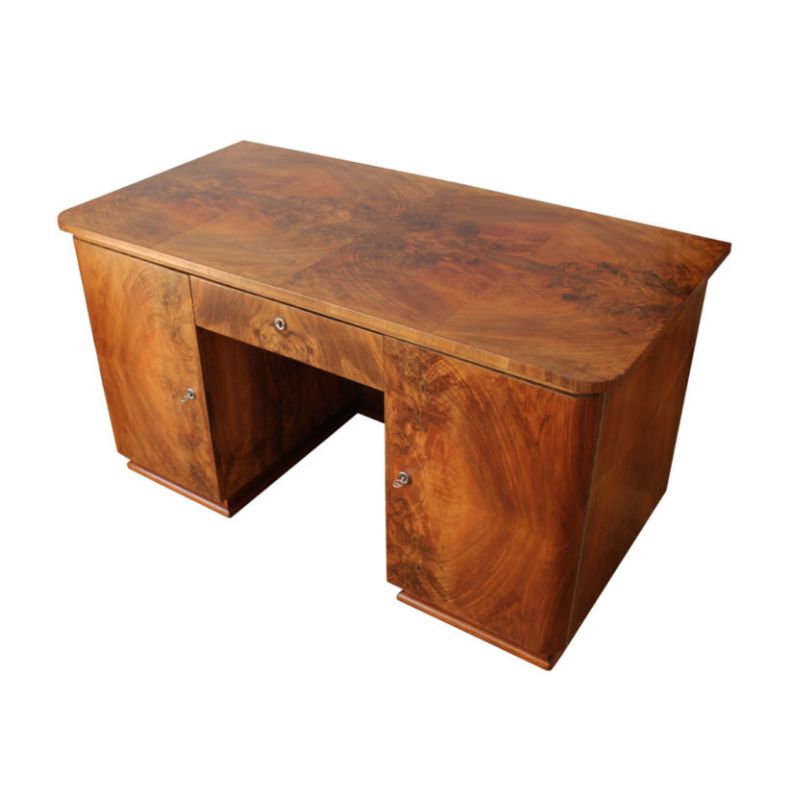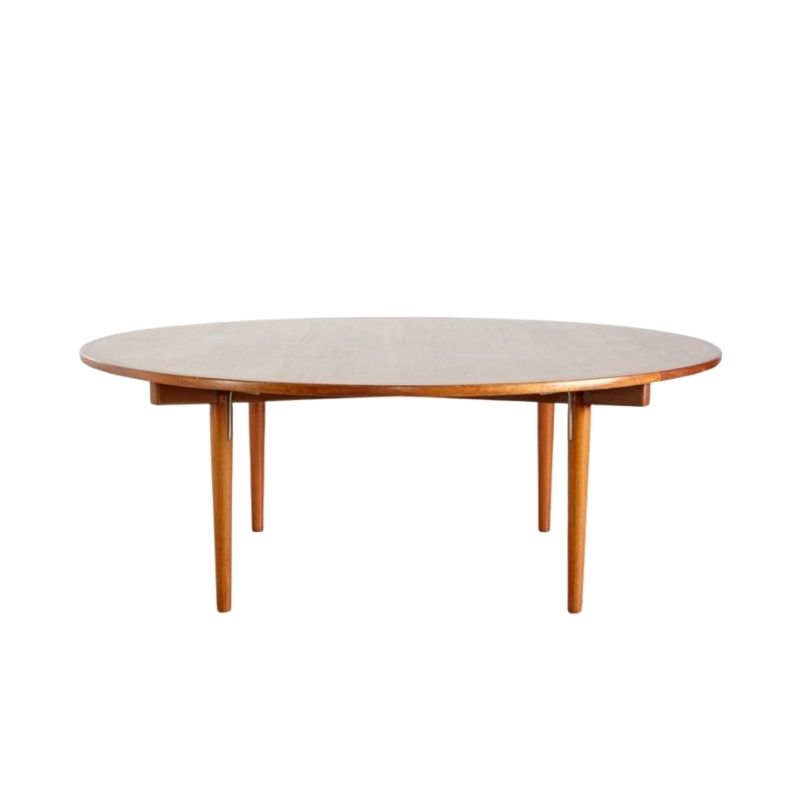Harry Bertoia vs. Charles Eames
These guys were furniture designers not G-D as so many people make them n out to be.
I have been reading for 20 years about Eames, Nelson Bertoia , and Knoll, and others
and the relationships that they had. with others
If you don't think that for one minute
Eames and Bertoia had it out over the production and design of the wire chair you both have another thing coming ,
Anyone who takes one s design can not be happy with the other in this close knit group . For years I have read how the Chinaese have Bastardized these great designs and we have all reacted with anger how could they take such great designs and redo it just a little so they don't violate a trade dress patent.
Just think how you would feel if it was someone you knew, worked with
or had a close relationship with . I have slept many times since i first read this 20 plus years ago,
What?
"....you both have another thing coming"
What?!?! I don't think whitespike meant to offend you. Nor did both whitespike and I question the dispute over the wire chairs. We just would like to know where you read that there were not many new designs coming out during that period.
You can't just say stuff, and not be able to back it up, especially here on the DesignAddict forum. This portal is highly regarded internationally as a great informational resource. Possible inaccuracies in statements here will be quickly and respectfully challenged, because any misinformation may diminish the forum's reputation.
Why did you start this thread? I thought you were looking for the forum's help for more information about this subject, but it seems that you know it all anyways.
Now again, you stated ""back then .... there was not that many new designs coming out". We ask, as members of this forum: can you back up this statement?
Yep !!!! I can back ...
Yep !!!! I can back that up about designs not coming out that fast in 1948. but I can not back up the ill will between Bertoia and Eames as that was passed down to me 30 years ago in College and my old profesor has since gone to the big design table in the sky...
I guess it is just
like the Gospal, acccording Mathew,Mark,Paul, Luke . either accept it or reject it . about those two men and I choose to believe it ... Now... When those chairs were made in 1948 when Knoll had been in business around 6 years give or take a year, Herman miller had been in business 35 years and with George Nelson 5 years .
Right after the war that ended in 1945, There were not very many designers in the Modern Field. Eames and the Cranberry Associates took center stage and remember this was even before the Dannish explosion.... I said there were not that many America designs or should have that were coming out at that time in 1948. before the Modernism show that Alexnder Girard was the curator of.
Look at the Felds book 1000 chairs how many Americans were working on modern designs in 1946,47,48, other than the Cranbrook 5 None !!!! Now
Mies, Carbo, Breuer, Feld ,Alto they all came out of the late 30's before the war. with there designs
I know you guys love to grill someone when they report a fact that you have not read about and that is A o.k. with me since this is a international forum . I like a lot of other people do not profess that i am the smartest person when it comes to the designers.. I just wanted to know if any one had heard what I heard over 30 years ago (Eames was still alive then) in class how there was " CALL IT WHAT YOU WANT" betwen these two great designers. that's all!!!!!!!
LRF seriously no offense ...
... we really do like to know, but when things are vague people question. Thanks for clearing up WHERE you heard it and being more specific with your statement regarding the lack of design in that era. It would make more sense if you are reffering to American design in particular. It's a bit confusing being that this is an international forum.
I have another question: you mentioned a feud "until death" in the opening post. You also mentioned that this information you recieved from your professor was when Charles was still alive. Only out of curiousity - how do you know it was never patched up between them?
On a side note: 1000 Chairs
should be considered as a "Coles Notes" for design, i.e. it was created for quick reference. Because of this, it is not, and should never be considered, as a comprehensive look at the history of 20th Century design.
Nor is it accurate. I'm surprised that the Swivel Chair on Page 142 is still ascribed to Jean Prouve in the latest edition, though every gallery and every collector in France knows it is not. I'm serious, ask Gallerie Patrick Seguin (patrickseguin.com), and they will tell you it's actually Swedish chair. Frances Perkins of the gallery wrote to me:
"despite being published in the Taschen book on Jean Prouvé and in the Feill's 1000 chairs this chair is not by Jean Prouvé. The confusion arises from the fact that it was published in the periodical "Architecture Aujourd'hui" in June 1947 on the same page with many other Prouvé pieces. However, in this periodical, it is attributed as follows: NORDISKA KOMPANIET Stockholm."
My point is, don't take that book too seriously.
no offence taken
you mentioned a feud "until death" in the opening post. You also mentioned that this information you recieved from your professor was when Charles was still alive. Only out of curiousity - how do you know it was never patched up between them? in two words "I don't"
I think the exact words were from my college professor, who was a modern thinker and thought Eames was very Zen like.. first time i ever heard about the 670 lounge chair is when he said notice how it points to the heavens with no tilt... And i am pretty sure i am correct " these two Eames/ Bertoia will not speak for the rest of there lives cause of the ill will caused over the wire chairs" Yes after thirty long years and many many nights I could have added the death part. For this I will return my Pulizer.
1000 chairs
1000 chairs by Charlotte &Peter Fiell
was only used to reference that very few American designs were doing any thing prior to to 1948 .... when at that time most all good American modern designs were dominated by The Eames Saarinen, George Nelson , Harry Bertoia after reviewing the book for a 2nd time I stand by that statement .
1000 Chairs
1000 Chairs also lists the Cherner chair as being produced by Plycraft "until present day", but Plycraft went defunct in 1993.
I think the point being made is that no sourcebook is infallible in terms of facts.
Also, I agree with the statemnet regarding American designers vs. international designers. MCM was a worldwide movement, with roots in the Bauhaus in Germany before springing up in the US. By limiting the movement to the US you exclude the likes of Aalto, Wegner, Risom etc. Not to mention you've forgotten Isamu Noguchi among your list of American designers.
And, while this is still only a handful of designers, they all produced numerous pieces of furniture. I'm not trying to slight your comment about "protecting your designs" - that is simply a fact of being in business. But its not like Bertoia or Eames wanted to coast on just ONE design for the rest of their lives. Their ouvre was constantly evolving and progressing - as we see in the video of Arlene Francis' home show: Charles and Ray surrounded by a spectrum of the different chairs produced. It's easy now to look back and see the wheat separated from the chaff - but at the time it was just business as usual.
I find that most design...
I find that most design references do little to research and usually list a design's orgin only as the publicly accepted provenance. The way I see it is that whichever man, Harry or Charles or otherwise, designed it (or did the bulk of the concept) I am not too concerned. They are both brilliant and the product in question is enjoyable. Neither of their credibilities are in in question. They are both capable of good, lasting design.
The only instance where my curiousity really gets the best of me is in regards to the design staff that is little known. That is when it is fun to know about people like Earnest Farmer, George Mulhauser, Irving Harper, and the like. As a design appreciator, it is FUN to know about these things, but not detrimental to the enjoy the products bring. As in any society, culture, and time period, artists are influenced by their contemporaries in one way or another.
I'd like to add
I can see where there might have been a heated moment (whether between manufacturers or designs) due to the fact that the technique was a new one for furniture and was unique in its process. However, as with every new material, the wire design was destined to be used over and over with new designs. Wht do we only make a case with Charles and Harry? Several wire desgins were made since then. Are they guilty of the same? What about Panton's wire cone? Warren Platner's wire series? So basically the designers that utilize a method later get free parking? Charles' design was already set in stone with the fiberglass chairs, and he basically used the same design with another material - wire. The basic concept was there. Or would you disagree? How many people make furniture of wood? Is that not a take on the first person to do that only because of the amount of years that have passed since its first utilization? Then Jens Risom should have a slap on the wrist as well. Where do you draw the line? You can't monopolize a material.
whitespike and Lucifersum
Both of you make great points and always do !! you both have a great wealth of knowledge. I am most interested in MCM and that is what I focus in on.
One thing you said about the Bahaus is interesting but where did the word phrase "Mid century modern" come from ? I always thought the ideas of the German Bahaus were based on the moderne ideas that were coming out of the 1926 paris exposition?
I always though that mid-century modern was the group of designers who worked for Herman Miller and Knoll who worked in the Mid-century starting around 1950.and bought there great works to the market place during that time period
SIDEBAR....... I was born in 1951 so i can say i really missed the 50's as a design expert Did we call that period when it was happpening MID CENTUR MODERN or just modern..
It took me years but i finanlly became confortable with the term ART DECO never really used that term
untill Bevis Heller coined that term and it stuck in 1969 prior to that... we just used the terms zigzag,jazz,streamline, so I would love to hear what you have to say
who coined it. Was it coined at the Bahaus or did some smart marketing guy come up with it for us all to en joy like Bevis Heller
"I always though that...
"I always though that mid-century modern was the group of designers who worked for Herman Miller and Knoll who worked in the Mid-century starting around 1950.and bought there great works to the market place during that time period"
Well if we are talking about only Knoll and Herman Miller rpoducts, that would not be right. MCM is not reserved to a singular grup of companies - rather it was a movement as a whole. Furthermore, you would only be considering funriture as MCM coming from those companies. I consider the MCM term to be relavant to all design disciplines if the era as long as it does fall in the "modern" category. Architecture would be the biggest category you overlooked with that thought process. Other than that how about ceramics. lighting, print, sculpture, painting, etc....
I would definitely not define MCM as being exclusive to America. It was a worldwide movement. With this definition I would consider anything modern that was designed in that period to be MCM, whether Danish, French, English, etc.
I doubt anyone would argue with the fact that Arne Jacobsen, Jean Prouve, Robin and Lucienne Day, etc could be considered MCM.
lucifersum
still does not answer how the term
midcentury modern was coined or did we coin it after we went through it. ???????
What where we calling it when the ,The Jacobsens, Panton, Eames, sarrine, the Days, all the wood workers, lighting , fabric , designers etc people were working in it ..
Please explain what POST MODERN means and why POST???? is modernism over ??? we have passed the mid-century modern , that we all love. I am trying to get at the core of during that periord was it know As MID CENTURY MODERN or is that a term made up 25 years ago during the POP 60's or Go Go 70's
i don't know the best answer
Sorry but I am not an expert either but I know there are some here that are bound to chime in.
As far as I know (and I could be waaay off) they just referred to it as modern in that period, and the term was later used to specify which modernist period you are referring to. Post Modernism has always confused me, but in general it seems it is largely due to a change in design principles. Post Modern is very sarcastic and seems to focus less on the function and end user. Also, a lot of post modern buildings will mix earlier modern principles with other elements that are not modern at all ... fro example a building with the usual modernistic approach of glass expanses and flat roof with ornamented greek revival columns etc. Modernism is not over, and I don't think it has ever completely gone away, rather it has fallen out of the mainstream at times. While postmodernists were making sarcastic design jabs at the public and other desginers, there were others that stayed with the modern principles founded by the earlier greats (I believe the "whites" were a group of modernists in the postmodern years who designed still with a strong Corbu aesthetic and principle ... again somebody correct me if i am off). Today, while modernism is back in the swing of popular culture, I believe we call it neo-modernism.
Anyone want to grill me? LIke I said I could be off.
sounds good
sounds good !!!
all this Mid, Post,Neo is geting out of hand !! I like the term Modern or the European way Moderne I think that has a nice ring to it, I hate the word contemporary a real gross word for defining Modern . Like i said My home is going to be in a magazine and the writer said is this contemporary and I said use that word I won't let you photograph my home . I guess I am a modern snob.... but really ..... where we have come from the Bahaus in the the late 20's to now has really not been that fast. Look at carbos villa from the 30's and look at any of the Harvard 5s homes of the late 40's to Richard Miers White homes in Calf. this has been a slow process in the modern Homes .
Now the architure
has progressed very nicely over 80 years, so don't jump on me for that statement.
If you need any help, please contact us at – info@designaddict.com









